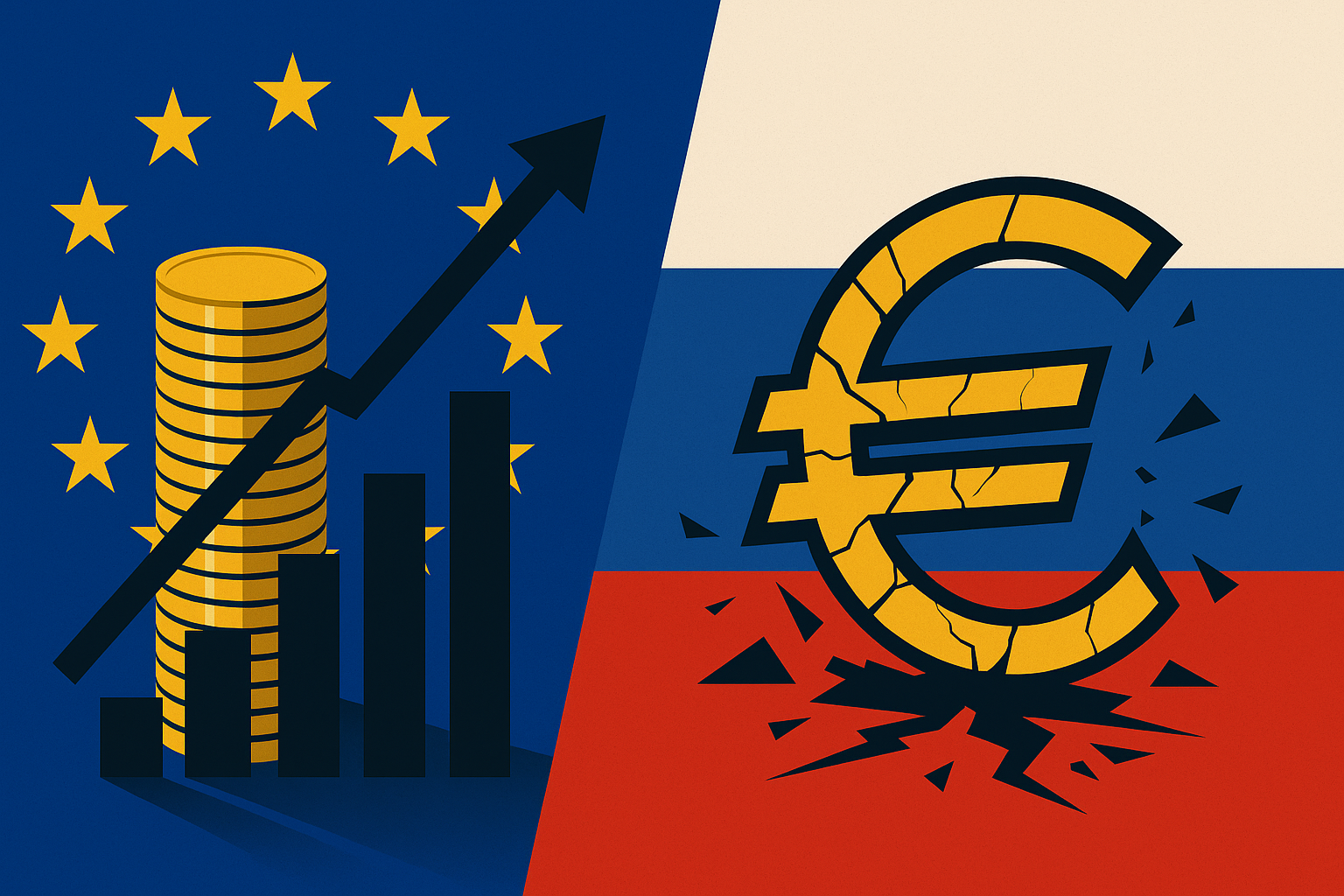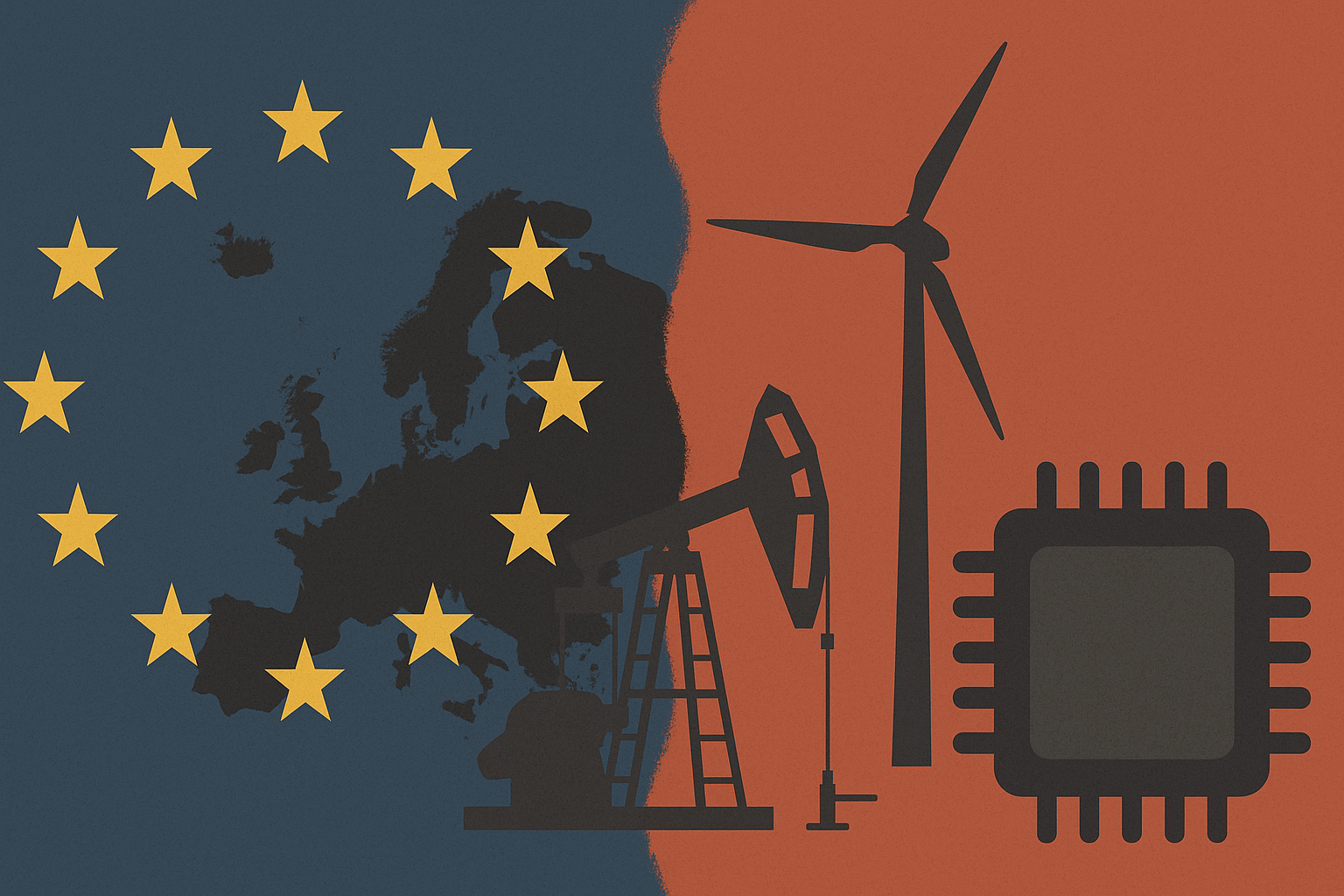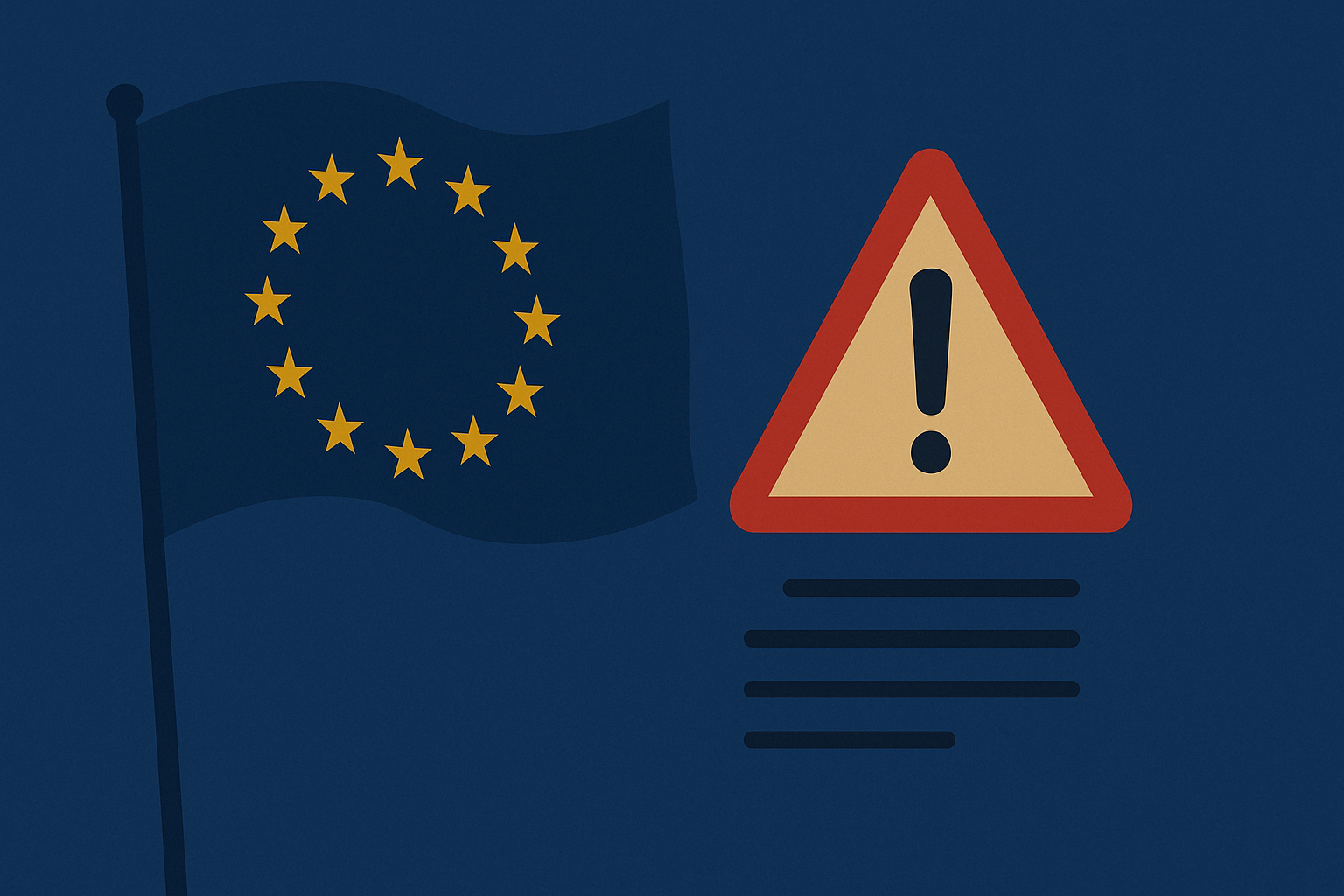reflects on the dangers of overconfidence and sudden reversals — a lesson that closely parallels the volatility and unpredictability of financial markets.
Just as a promising start in a bridge tournament can quickly spiral into defeat, a strong run in the stock market can lull investors into misplaced optimism. This year, global indices such as the FTSE and S&P 500 have hit new highs. In Europe, the Euro Stoxx 50 recently broke a record untouched for 24 years — milestones that might tempt investors to believe in continued growth.
But what do these numbers actually tell us about the future? Trying to read the markets for signals — much like ancient rituals of haruspicy or ornithomancy — can verge on financial superstition. The modern equivalent, jokingly dubbed “finomancy,” relies on interpreting economic indicators like bond yields, yield curve inversions, and market rallies to predict inflation, recession, or growth.
There may be some merit to this. For example, low yields between conventional and index-linked bonds may indicate low expected inflation. An inverted yield curve could signal a recession. Rising equity prices might suggest anticipated growth. But the key point is: these aren’t certainties — they’re reflections of what the market thinks will happen, shaped by the collective mood of millions of investors.
This is where the analogy with bridge returns. Like competitive players riding emotional highs and lows, markets are susceptible to herd behavior and overreaction. Warren Buffett famously described the stock market as “Mr. Market” — a moody partner who swings between euphoria and despair. The most successful investors are those who recognize these emotional extremes and make contrarian decisions based on independent judgment.
That means acting when others hesitate. If you believe inflation is underestimated, shift toward index-linked bonds. If the risks to financial institutions are underappreciated, avoid that sector. If you think the AI boom is hype-heavy, stay clear of the market’s most popular tech stocks. There are always undervalued sectors like healthcare or telecoms that offer potential.
Currently, markets are strikingly calm — even as equity prices rise, volatility remains unusually low. This suggests either genuine confidence or a lack of conviction. The spike in volatility following Trump’s “liberation day” tariffs briefly shook markets, but they quickly rebounded. Now, despite ongoing tariff negotiations that may hurt U.S. allies more than China, the markets appear tranquil.
But is this calm a sign of true stability or just another extreme mood? According to the author, the lack of market fear may be a reason to be cautious — or to take bold positions. When most investors hesitate, real opportunities emerge.
The lesson: markets don’t always make sense. They can overreact, underreact, or simply reflect uncertainty. But you don’t have to follow their lead. Stay aware of their moods — and make your own call.








